Death & Co Bar Empire Reveals Keys To Cocktail Success
“We want our cocktails to elicit a response that’s not ‘Hmm, that’s interesting,’ but ‘Wow, that’s f**king delicious!’”
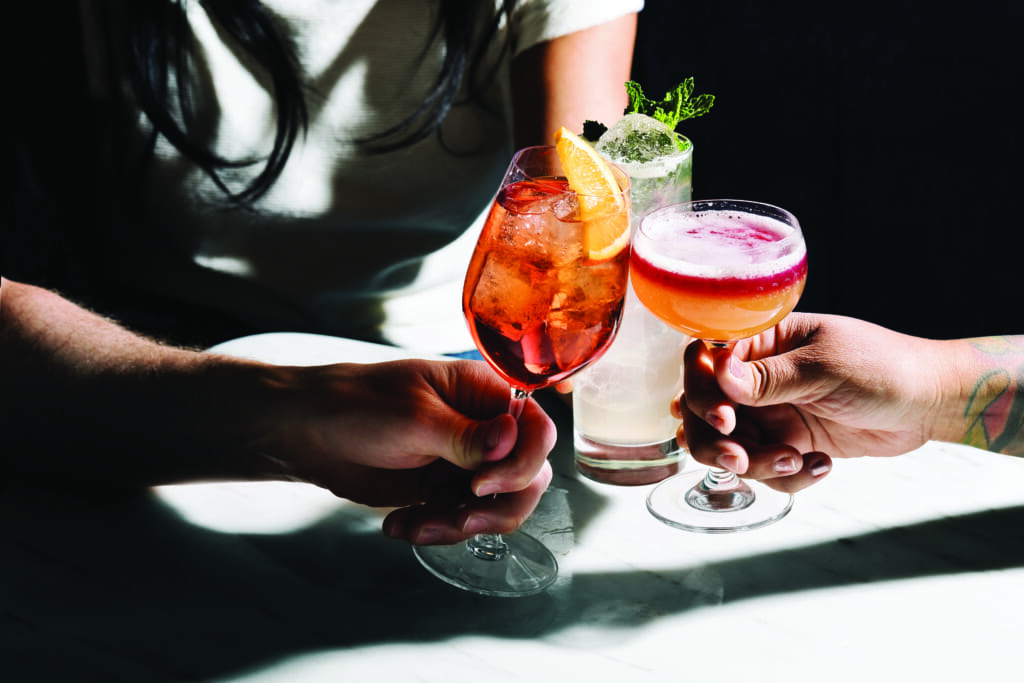
Ask any true cocktail enthusiast to name the top ten bars in the world, and Death & Co will surely make the grade.
Opened on New Year’s Eve 2006/2007 in Manhattan’s East Village, it quickly became the standard bearer for the newly emerging classic cocktail and mixology renaissance, which was given a massive boost when a quirky new show called Mad Men premiered later that year.
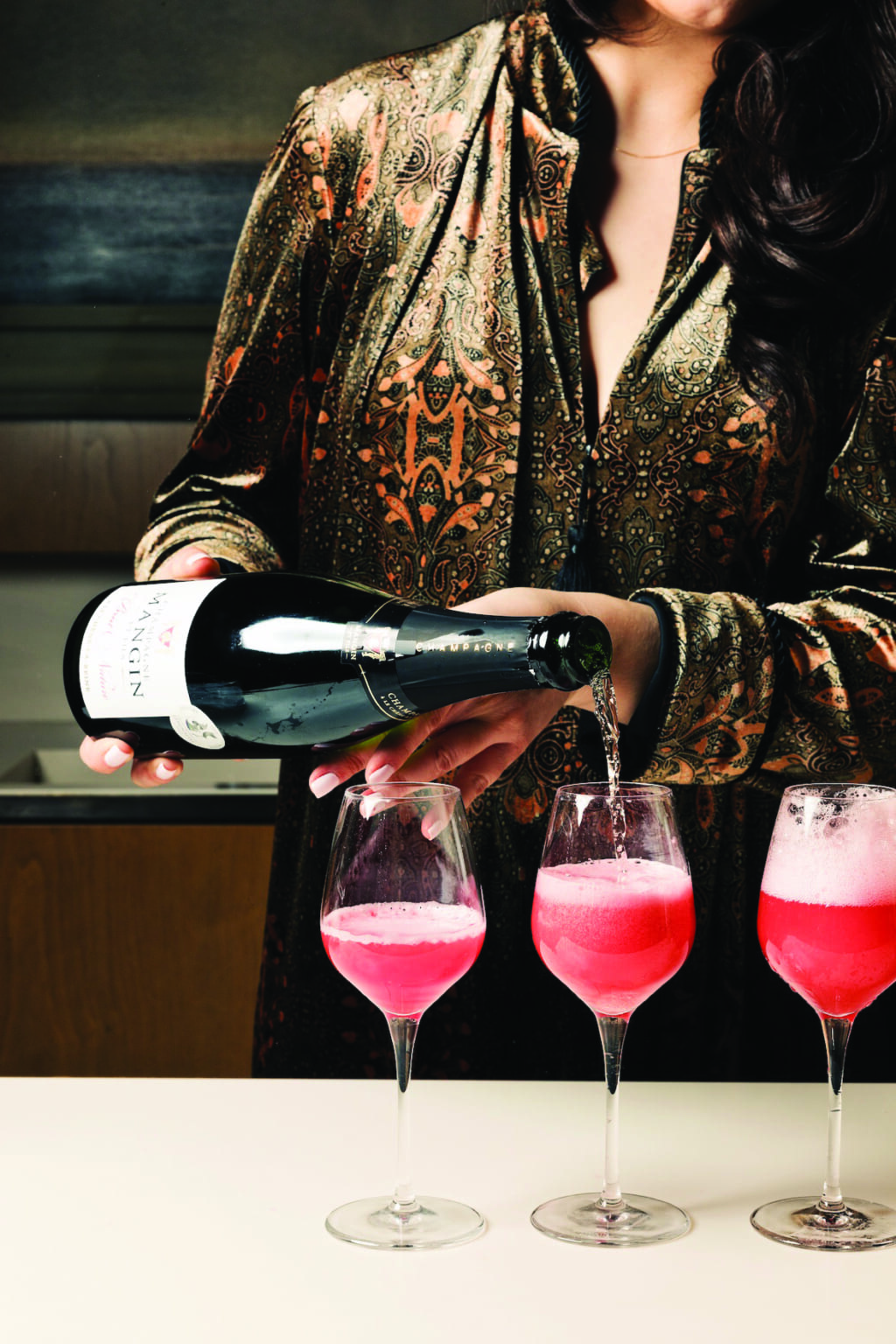
Death & Co has since opened equally alluring locations in Denver and Los Angeles, and has spawned a blue-chip hospitality group called Gin & Luck, along with two essential cocktail books—Cocktail Codex, which won a James Beard award, and Death & Co: Modern Classic Cocktails—which has now been joined by a third volume capturing the current cocktail zeitgeist, titled Death & Co: Welcome Home, by co-founders David Kaplan and Alex Day with author Nick Fauchald.
“Death & Co’s approach to cocktails has always been driven by a dual dedication to quality and elegance,” Kaplan writes in the book’s introduction. “Our drinks are rooted in classic cocktails, with honest, direct flavors and compositions. We welcome innovation, of course, but it is not our driving motivation. Most of all, we want our cocktails to elicit a response that’s not ‘Hmm, that’s interesting,’ but ‘Wow, that’s fucking delicious!’”
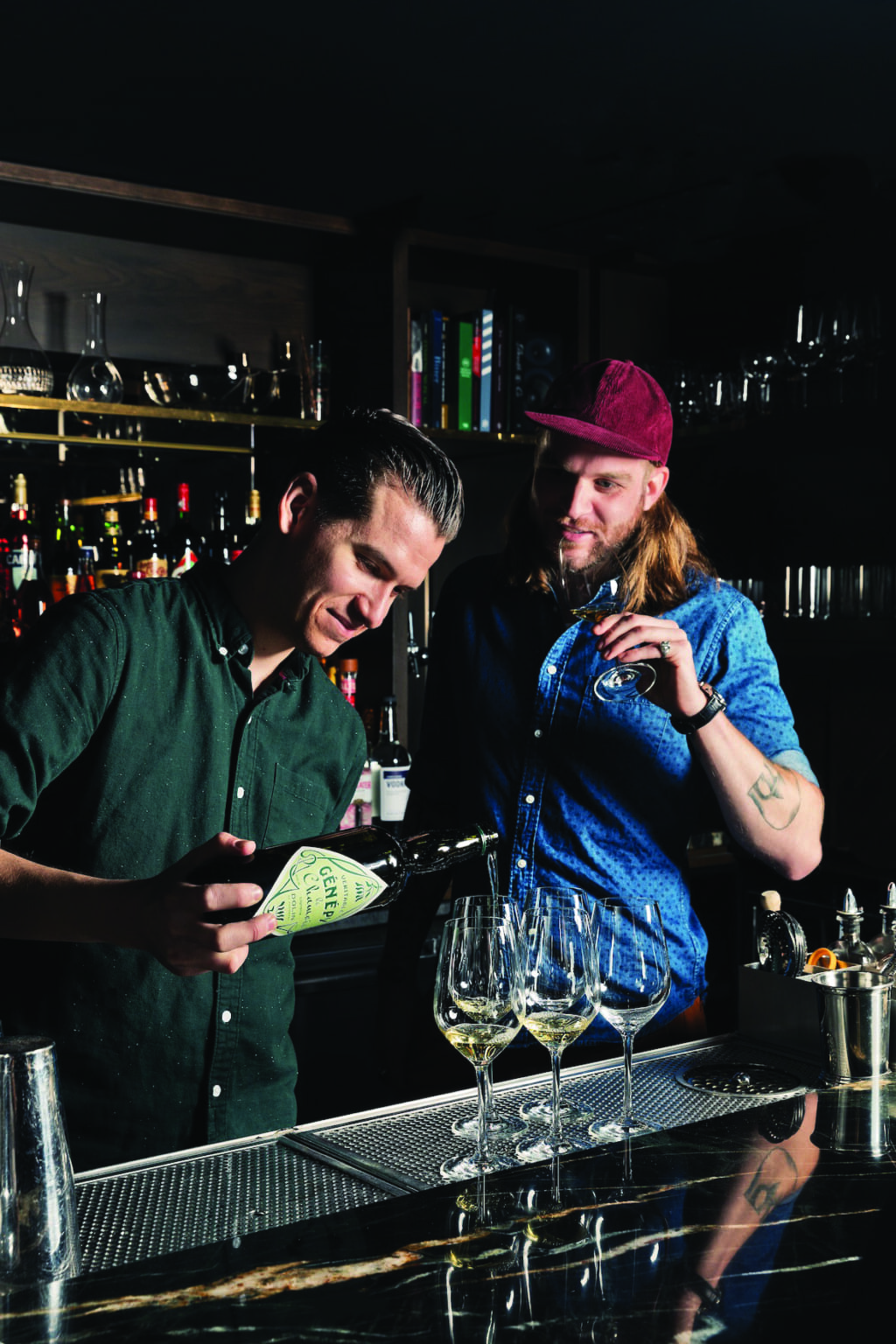
Kaplan notes that the latter “extends far beyond just what’s in the glass. Let’s zoom out: The temperature of the glass, the coaster on which it rests, and the texture of the marble bar below it all contribute to the enjoyment of that cocktail, as do the engagement and personality of the staff who served it, the guests surrounding you, the music and lighting that fill the space—all of these things contribute to ‘fucking delicious,’ and all are essential to the Death & Co experience.” The ultimate point being that one should take the same painstaking approach to serving cocktails at home or wherever you are assuming the mixologist’s mantle.
In the main body of the book, the authors go on to break down the principles and elements that have made Death & Co as timeless as the Martinis and Old Fashioneds it is famous for perfecting.
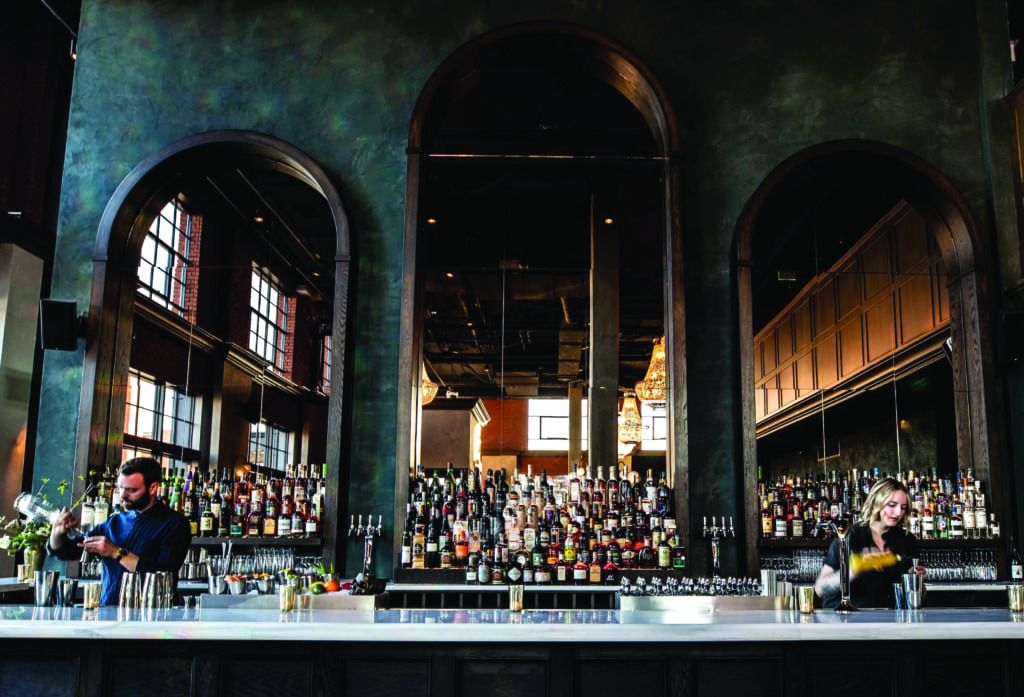
“The word intention has been bandied about to the point that it can lose its meaning,” they note in the first chapter, titled “Preparation.” “You’ll hear it paired with other workplace buzzwords: hospitality, quality, execution, consistency. But these words all represent the end of a process, and you can’t get there without intention. Whether your goal is to serve a delicious cocktail, develop a new menu, or build a bar from scratch, it is essential to have a vision of the end result.”
Intention, they declare, “is the materialization of vision, a way to give focus to a goal and articulate the steps necessary to reach it. At a bar, intention is also a shared understanding of why something is done a certain way; not just a rule for rule’s sake, but rather a consensus that works toward the larger aspiration of the bar.
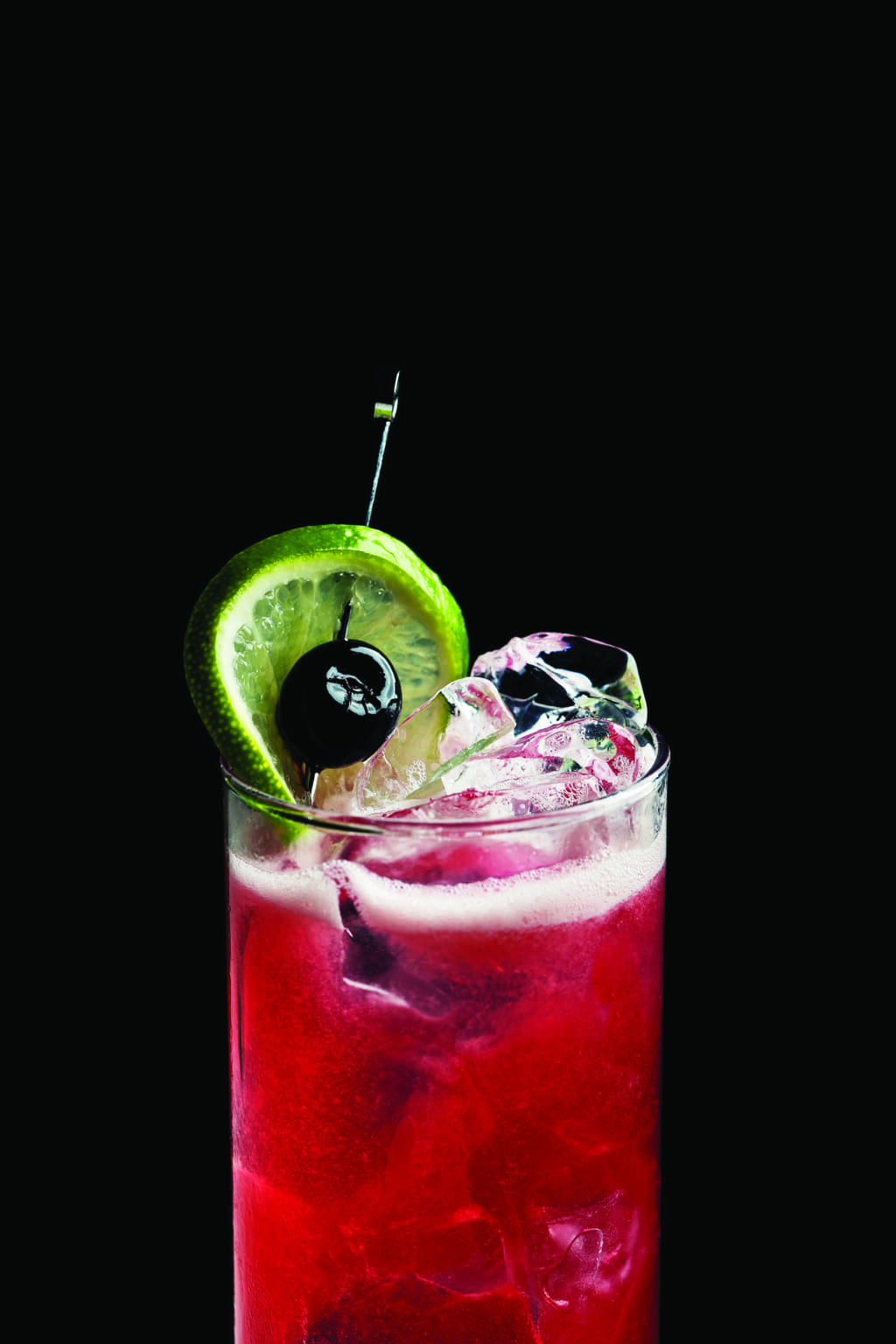
“Without it, common issues with cocktails arise: drinks taste different from one bartender to another (there’s no expectation for recipes); a shaken drink lacks texture, or a stirred drink has too much (a lack of understanding of what the target dilution is and why); fizzy drinks are served flat (bubbles are king!); cold drinks are served in warm glassware (blasphemy); garnishes are sloppy (the beauty is in the details); and so on.”
And while mixology is justly hailed as an art form, thanks in large part to the influence of Death & Co and the few other drinking establishments that play in its league, “We don’t believe in the idea of the Brilliant Artist, the savant who pulls virtuosity from thin air,” the authors state.
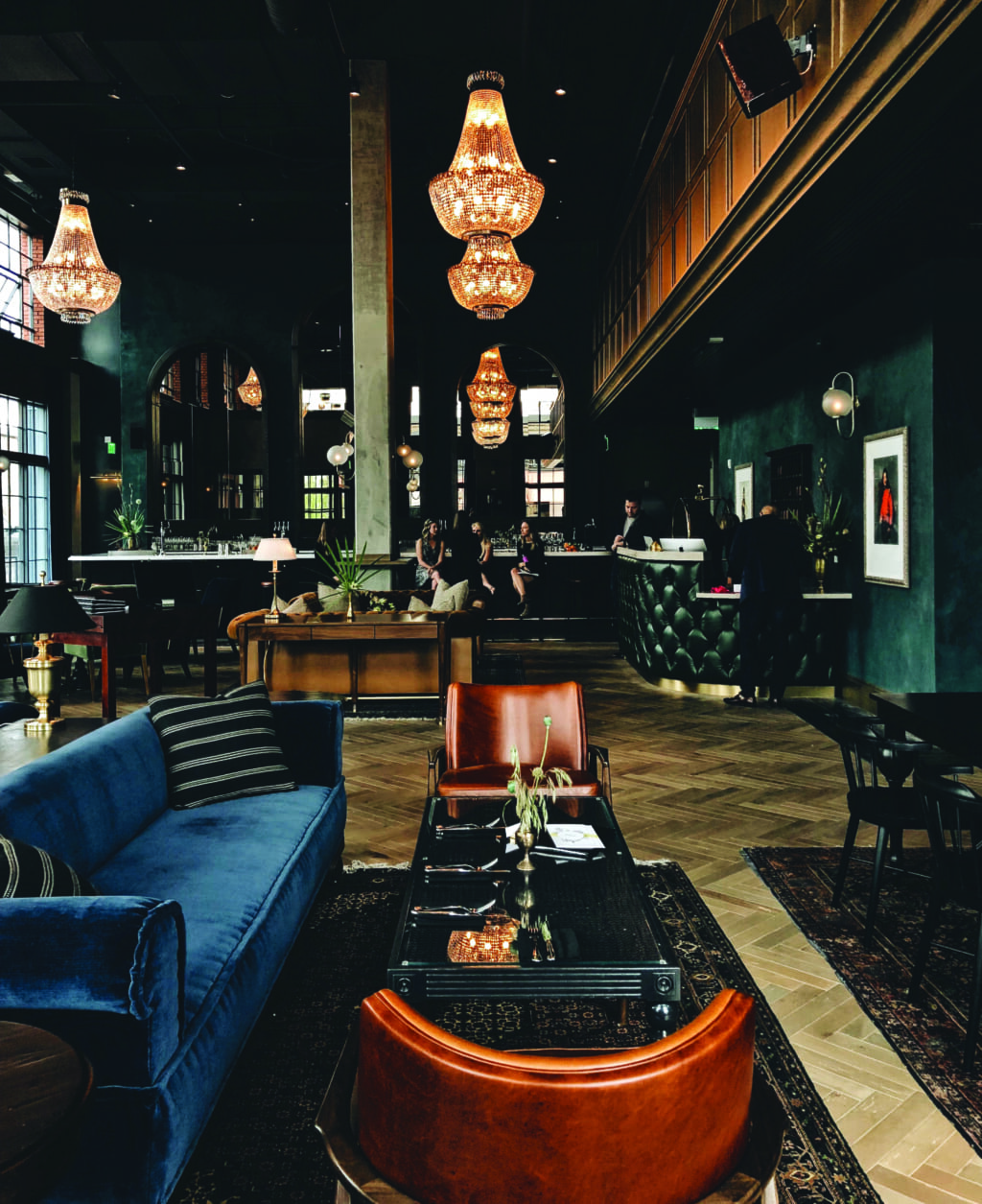
“All great craftspeople and artists are deeply disciplined. We believe that if you aspire to make great cocktails or to be a [first rate] bartender, you must work diligently toward that goal—often with grueling repetition.” To be a truly accomplished bartender, in other words, “you must be both a generalist and a specialist.
A truly great bartender is aware of big-picture trends in the world of spirits, is well-versed in thousands of products, has mastered many mixed drinks (and is probably knowledgeable of many, many more), and is comfortable with the professional mechanics of serving guests with various needs and desires.”

Too many bartenders, especially neophytes, “obsess over the flashier side of bartending: long, beautiful ribbons of liquid cascading from a bottle held high above a jigger, the flourish of a bottle being twisted to cut the flow of pouring liquid, the juggling of bar tools,” they write. “These are all fun to watch [but] they do not make a great bartender. There is a place for theatrics, but never at the expense of quality and efficiency.”
By this point it may sound like mixology is more science than art; in point of fact, it is both. “So many tiny, precise decisions go into a well-made cocktail,” the authors write. “Choosing ingredients, deciding how to assemble them, and paying attention to the smallest details with the same vigor as the large ones—the accuracy of a dash, the precision of a manicured lemon twist.”
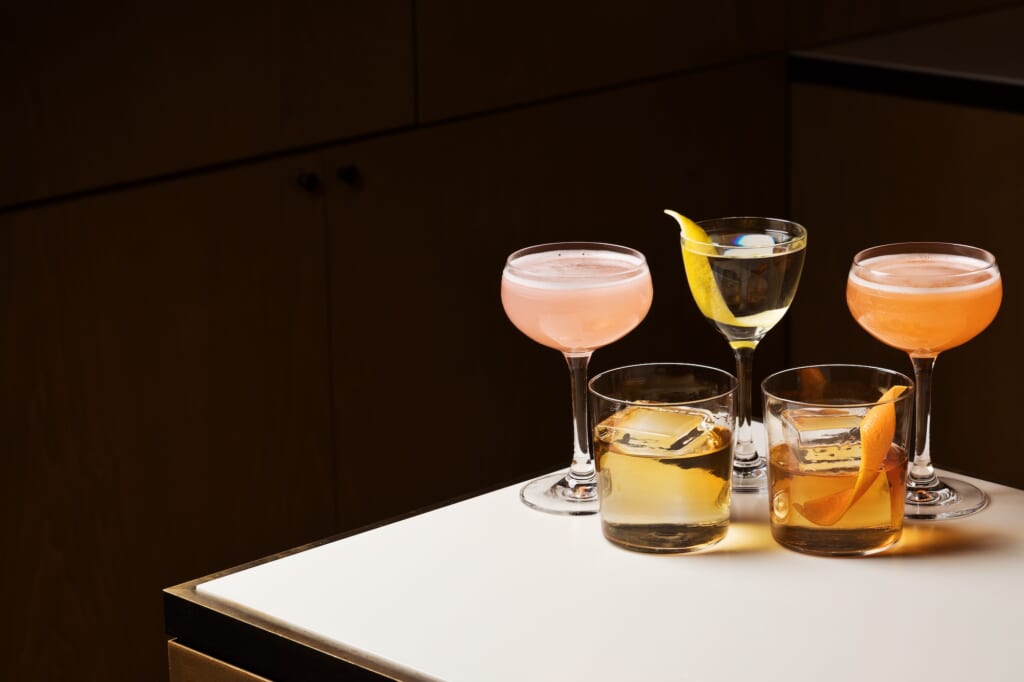
And finally, they offer a toast to tradition—with a caveat, of course: “Breaking tradition is a necessary avenue in any art form; without it, the medium will never progress.” Hence the best bartenders are as knowledgeable as they are skeptical. “It’s easy for anyone passionate about cocktails to get caught up in tradition,” as the authors proclaim.
“There’s so much history and lore surrounding cocktails, and in our early bar days we found ourselves mesmerized by stories of late-19th-century bartenders who lorded over gin palaces and saloons, mixing cocktails while guiding social agendas and changing the world. We were so absorbed in this history that we took their recorded work as gospel without asking the important question: ‘Do these drinks taste good?’ In some cases, the answer was, yes; but in others, hell no.”
